The Games That Defined the Nintendo Game Boy
The Game Boy is the most influential gaming handheld ever made, and these are the games that defined it.
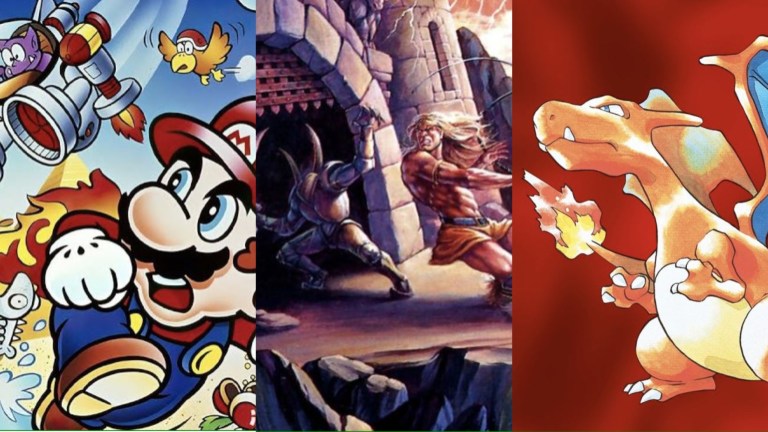
35 years ago, Nintendo gifted gamers everywhere (well…technically just Japan, at first) with the Game Boy. After helping rescue the struggling home console market with the NES, Nintendo made the bold decision to try to pursue the dream of playing high-quality games on the go. Against considerable odds, they quickly showed that true handheld gaming was no longer just a neat idea or occasional distraction. The Game Boy would go on to revolutionize the handheld gaming scene in ways that are still being felt today.
For as incredible as the design of the Game Boy hardware was (at least relative to its time), the device obviously wouldn’t have made it far if it wasn’t for the quality of its exclusive games. You undoubtedly know some of their names, but the history of the Nintendo Game Boy is truly defined by a wide variety of titles that showcased all of the qualities that leave us reaching for that battery-fuelled miracle of gaming hardware to this day.
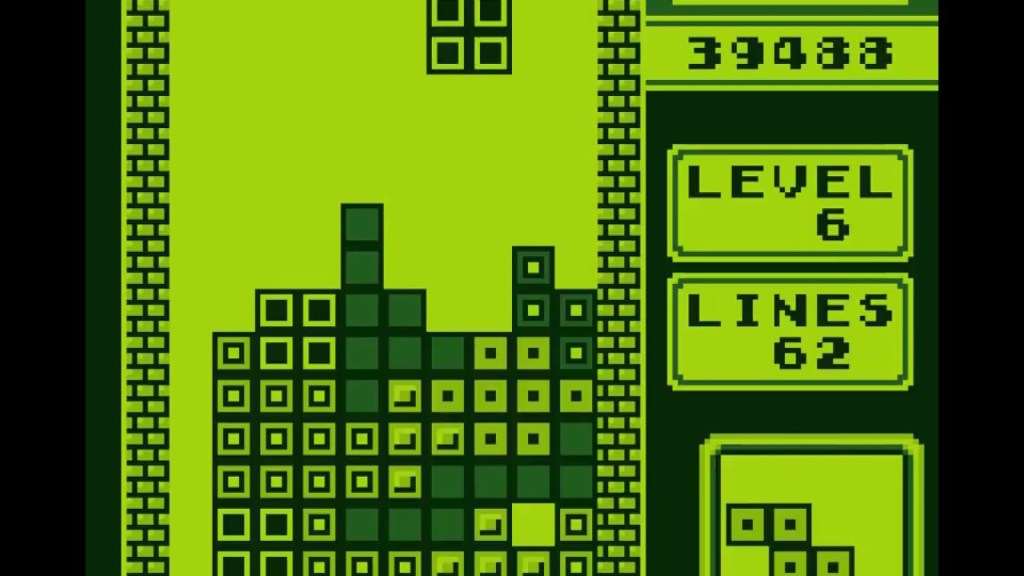
Tetris (1989)
Although the games in this article are presented in chronological order, you could certainly make the argument that Tetris is the definitive Game Boy game. Yes, it was technically available on other platforms before the Game Boy, but millions became addicted to this revolutionary puzzle title after its Game Boy debut.
Without Tetris as one of its launch games, its doubtful the Game Boy would have ever reached the same cultural and financial heights it eventually did. For quite some time, you could justify owning a Game Boy simply to play this version of Tetris. The fact you can lose hours to the Game Boy version of Tetris to this day is some kind of miracle.
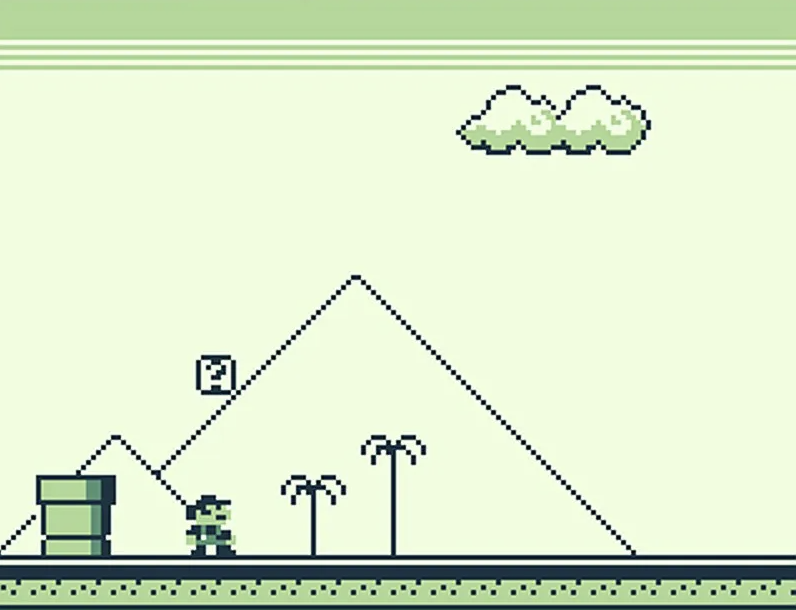
Super Mario Land (1989)
Despite selling incredibly well and being a day one Super Mario title, Super Mario Land is often thought of as the “other” major Game Boy launch game. Such was the power of Tetris. To be fair, the Super Mario Land franchise would only get better from here.
However, the words “Super Mario Land franchise” conveniently convey this game’s significance. In the Game Boy’s earliest days, Super Mario Land established the idea that it was not only viable to give major franchises a handheld spin-off series but often ideal to do so. That concept would pave the way for some of the best and most important Game Boy games ever.
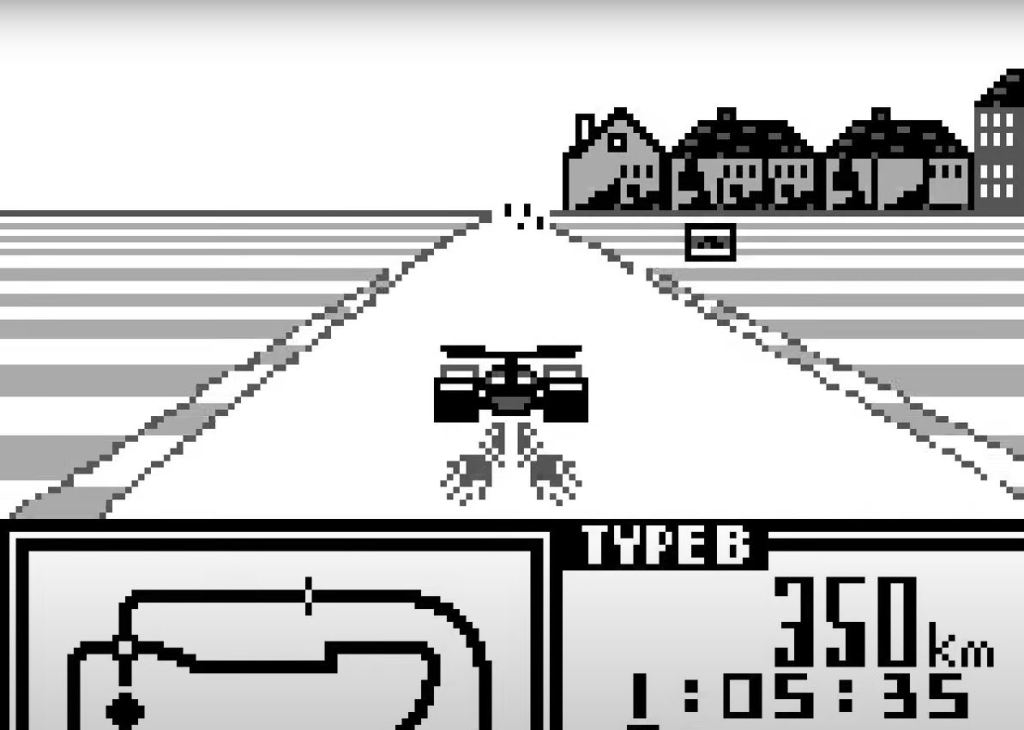
F1 Race (1990)
F1 Race generally deserves more love than it tends to get. There aren’t many great racing games for the original Game Boy and F1 Race’s wonderful sound design and numerous Easter eggs certainly make it one of the better ones.
However, the real reason that F1 Race deserves a spot on this list is because of its 4-player multiplayer functionality. Yes, F1 Race utilized the Game Boy Four Player Adapter to offer handheld multiplayer action way back in 1990. This title’s commercial success set a powerful precedent for the appeal and potential of peripheral-based Game Boy titles. It was also an early title from HAL Laboratory: one of the most important studios in the Nintendo family.
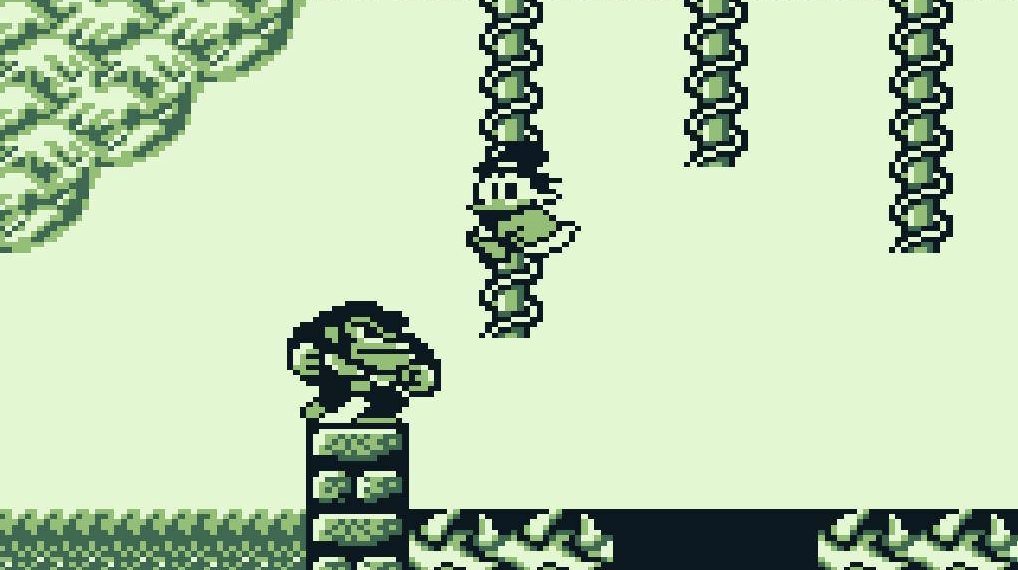
DuckTales (1990)
Many of the games on this list were developed to work around the Game Boy’s various limitations. However, at a time when NES fans wondered if the Game Boy was capable of recreating console-quality experiences as closely as possible, DuckTales offered necessary reassurance.
Minus a few minor tweaks, the Game Boy version of DuckTales is, for all intents and purposes, a portable port of the NES version of the game. It may sound like such a simple concept now, but the quality of this port showed that handhelds were finally capable of rivaling the kind of console experiences a new generation of gamers had become accustomed to.

Final Fantasy Adventure (1991)
There were quite a few notable Final Fantasy games released for the Game Boy over the years. While each is worthy of being discussed for one reason or another, Final Fantasy Adventure may be the best and most historically significant of the bunch.
Whereas the Final Fantasy Legend series tried to replicate the turn-based JRPG style of its console counterparts, Adventure took a slightly different approach. It was more of an ARPG in the style of the Legend of Zelda series. It was a flawed but fascinating experiment that would later be spun off into Square’s incredible Mana series.
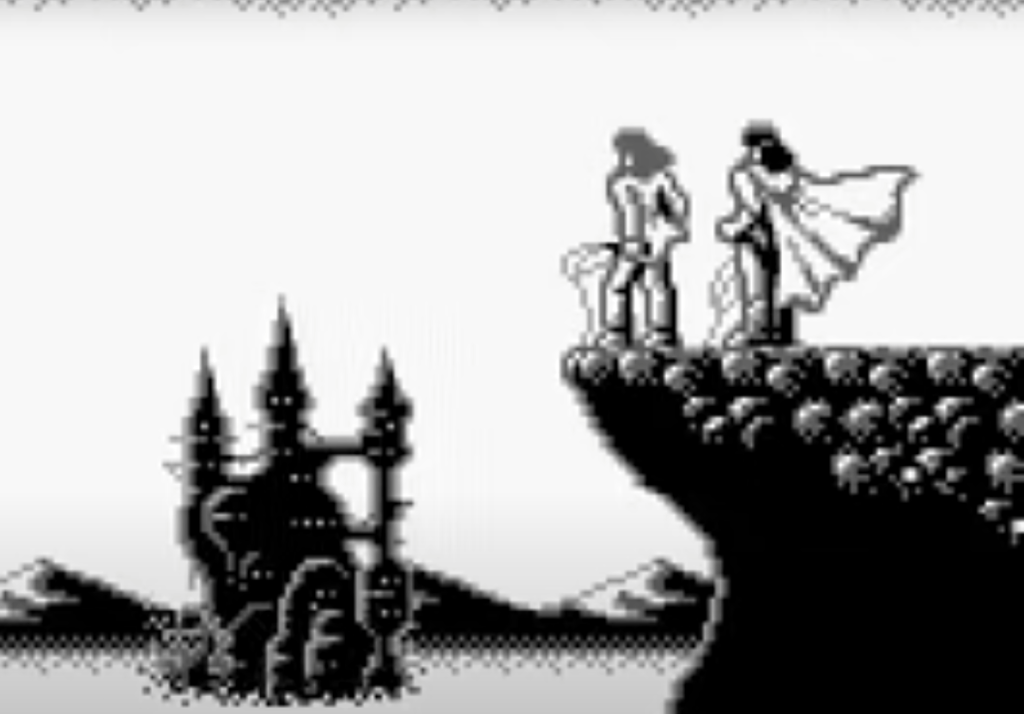
Castlevania II: Belmont’s Revenge (1991)
The first Castlevania game for the Game Boy (Castlevania: The Adventure) is…quite bad. It was inferior to the console Castlevania games in nearly every respect and felt like the result of lowered expectations. With Belmont’s Revenge, Konami went back to the drawing board and attempted to create a Castlevania game that felt worthy of the franchise and the rising standards of the Game Boy hardware.
It was a crucial decision in the Game Boy’s evolution. Belmont’s Revenge represents a moment when gamers and developers shook hands Predator meme-style over the agreement that Game Boy games needed to be more than “good enough.” The result is one of the Game Boy’s finest action titles.

Metroid II: Return of Samus (1991)
Many were surprised to learn that the sequel to Metroid would not be released for the NES or Super Nintendo but rather the Game Boy. After all, Metroid was an incredibly advanced game by NES standards. How would the Game Boy possibly support a proper sequel?
While numerous technological compromises had to be made, Return to Samus ultimately set some new benchmarks for Game Boy experiences. Yes, this game is incredibly flawed, but It’s easy to trace so many of its flaws to the sheer ambition of the project. That ambition would lead to innovations that elevated the Metroid franchise, many future GB titles, and handheld experiences that were over a decade away.
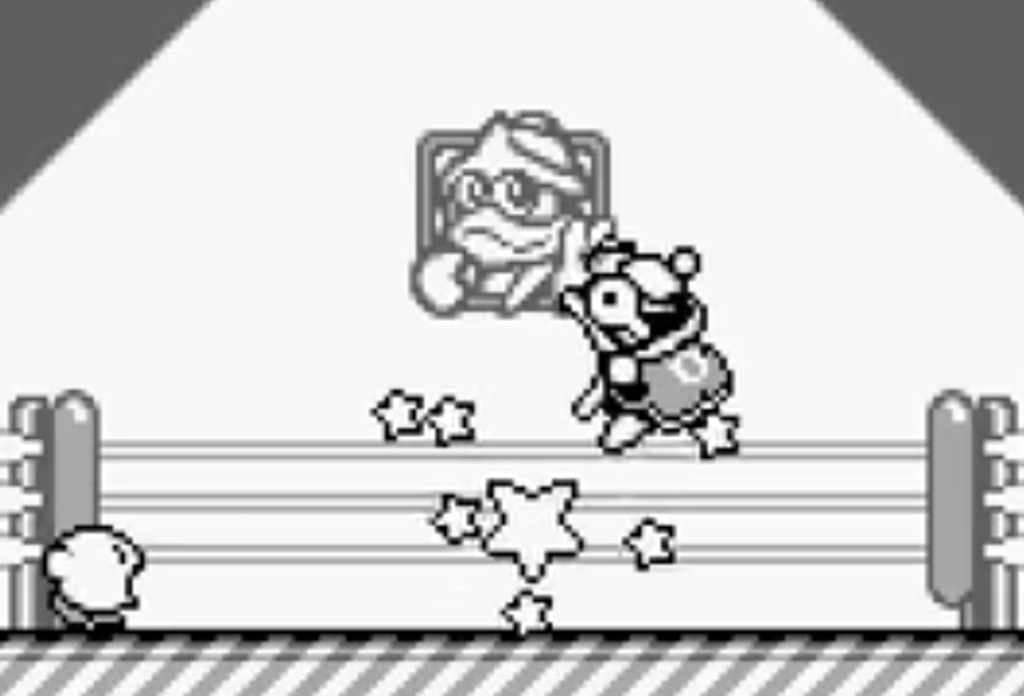
Kirby’s Dream Land (1992)
It’s easy to forget that Kirby’s Dream Land was the first game in the Kirby franchise. Yes, the famous pink puff was born on a platform that couldn’t even render him in full color. “Monochrome puff” just doesn’t have the same ring to it.
Aside from kicking off the Kirby series, Dream Land deserves a lot of love for its accessibility. It was partially designed to appeal to those who may have been intimidated by more complicated and challenging action/platforming titles, which made it a perfect fit for the Game Boy’s design and growing user base. It was also a reminder that the Game Boy was a viable place for studios to experiment with new ideas that didn’t quite have a home elsewhere.
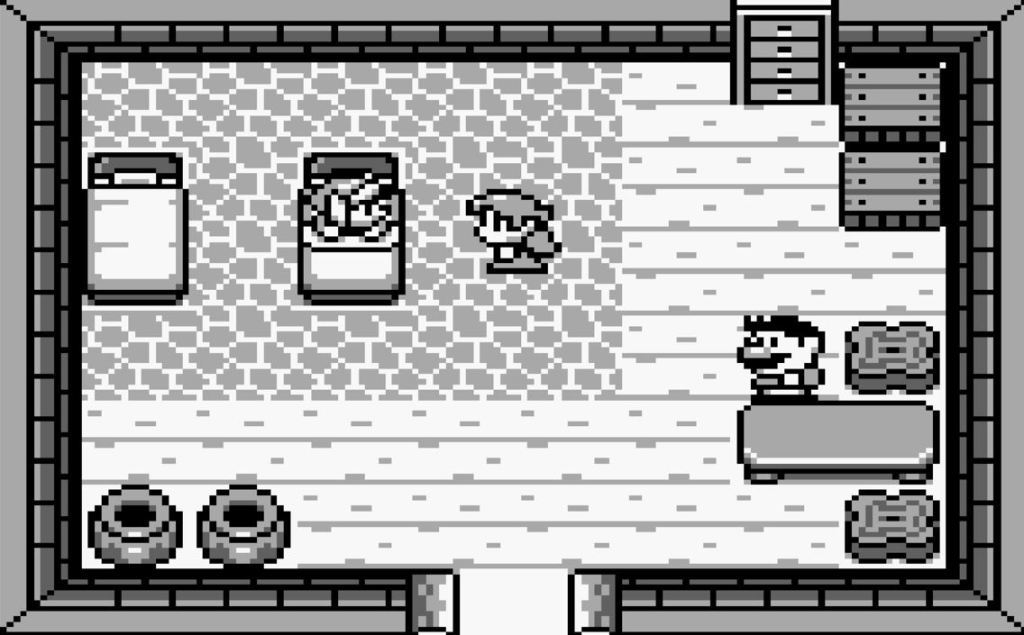
The Legend of Zelda: Link’s Awakening (1993)
The sheer quality of The Legend of Zelda: Link’s Awakening is difficult to properly convey with so few words. If you’re looking for bold statements, though, I’d go so far as to call it the best Game Boy game ever made. For that matter, it’s one of the best overall games in The Legend of Zelda franchise.
Think about that for a second. At a time when The Legend of Zelda was quickly becoming the gold standard of console game design, Link’s Awakening comes along and arguably raises the bar. Not just for handheld games, mind you, but for the entirety of the already legendary franchise. It’s one of the most notable examples of Nintendo approaching the Game Boy as not a lesser device but simply a different device.
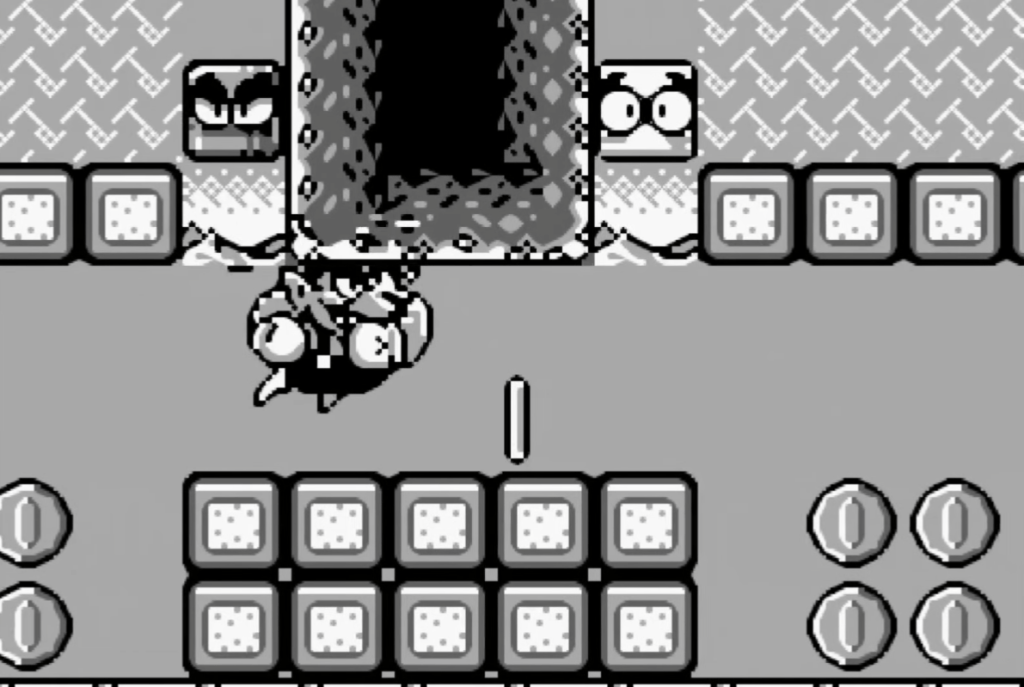
Wario Land: Super Mario Land 3 (1994)
A Super Mario game starring Wario instead of Mario probably should have been nothing more than a cute gimmick that resulted in yet another fun Super Mario adventure. Instead, the team at Nintendo R&D1 took it upon themselves to use that set-up as the chance to reexamine the entire Super Mario formula and tweak it to fit their vision of Wario.
Wario Land’s more momentum-based gameplay that emphasized action/adventure attributes as well as platforming immediately distinguished it from Super Mario and nearly everything else out there at the time. Future Wario Land games would make notable improvements to those concepts, but the first Wario Land deserves a lot of love for showcasing how unique Game Boy games could be and increasingly needed to be in order to stand out.
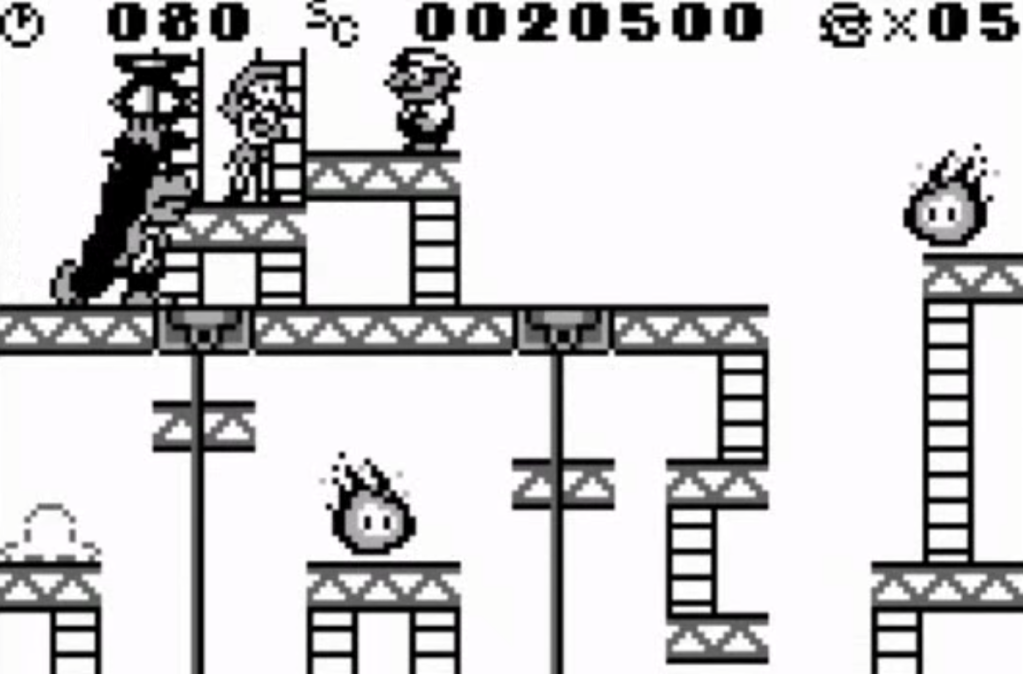
Donkey Kong (1994)
Donkey Kong is a fascinating game that just never seems to get enough love. That’s probably because the early parts of the game are (for all intents and purposes) a recreation of the original arcade Donkey Kong title. As you continue to play, though, Donkey Kong’s gameplay evolves and becomes closer to a Super Mario adventure. Eventually, it grows into something else entirely.
I often think of Donkey Kong as the precursor of the modern video game remake. The ways this game turned the core concepts of its predecessor into the foundation of an entirely new experience feels remarkably similar to games like Resident Evil 2 Remake ultimately aspire to do. At the very least, Donkey Kong reminded fans of the timeless power of gaming generations gone by and did so via a platform that encouraged and supported such experiences.
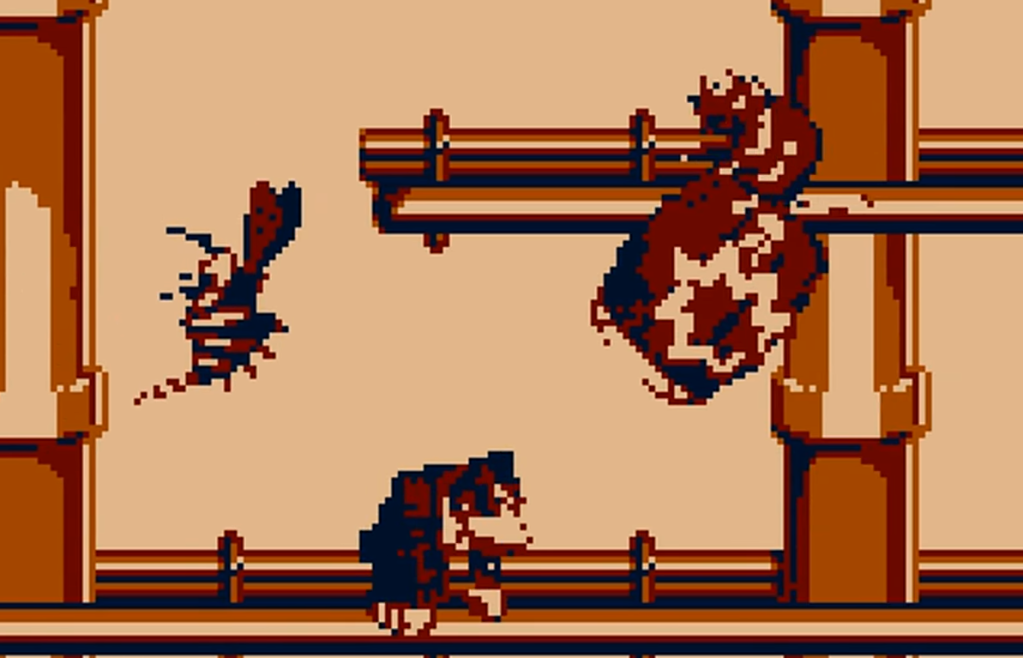
Donkey Kong Land (1995)
One of the most impressive qualities of the Nintendo Game Boy was its longevity. It’s hard to imagine a modern piece of gaming hardware remaining commercially viable for as long as the Game Boy remained commercially viable. Yes, Nintendo eventually introduced the Game Boy Pocket and Game Boy Color, but they continued to support the original Game Boy for a remarkably long time.
Donkey Kong Land is one of the most fascinating examples of Nintendo’s commitment to the Game Boy hardware. What better way to show that the Game Boy still had a lot left in the tank than to greenlight a handheld port of one of the most technologically advanced SNES titles (Donkey Kong Country)? No, it wasn’t quite as brilliant as its SNES counterpart, but the fact that it is in that conversation is impressive.
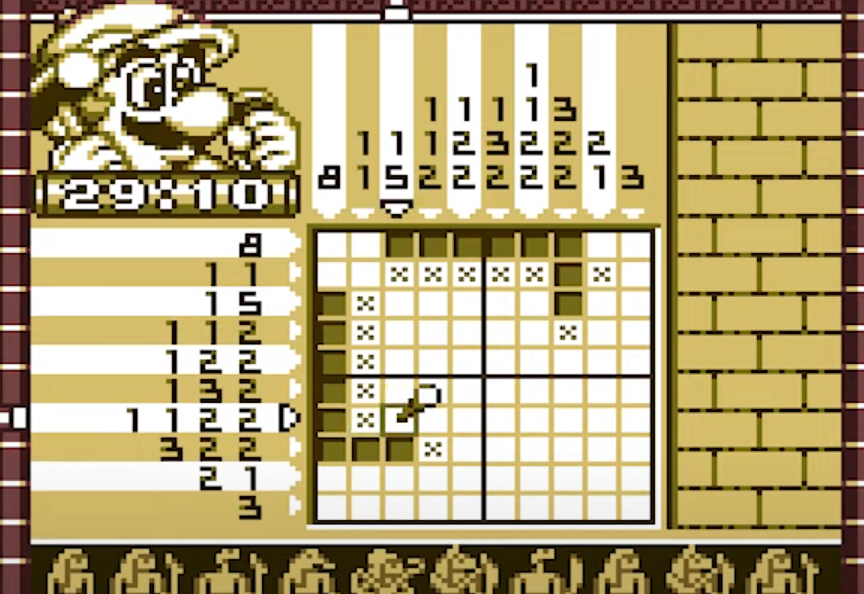
Mario’s Picross (1995)
With Mario’s Picross, Nintendo decided to move beyond the Tetris-like puzzle game formula they found success with in Dr. Mario and attempt a more “logic-based” puzzle experience. Unfortunately for them, Mario’s Picross was a bust in the West despite performing quite well in Japan. It wasn’t until the 2007 release of Picross DS that this series would start to earn a wider global audience.
That gap illustrates the Game Boy’s capabilities to produce titles that were remarkably ahead of their time even this late into its run. Today, it’s easy enough to imagine something like Picross finding success as a browser or mobile title. Yet, when so many were focusing on the viability of the Game Boy’s technical capabilities, the Picross team (and others) were still exploring the kinds of titles that simply worked best as portable experiences.
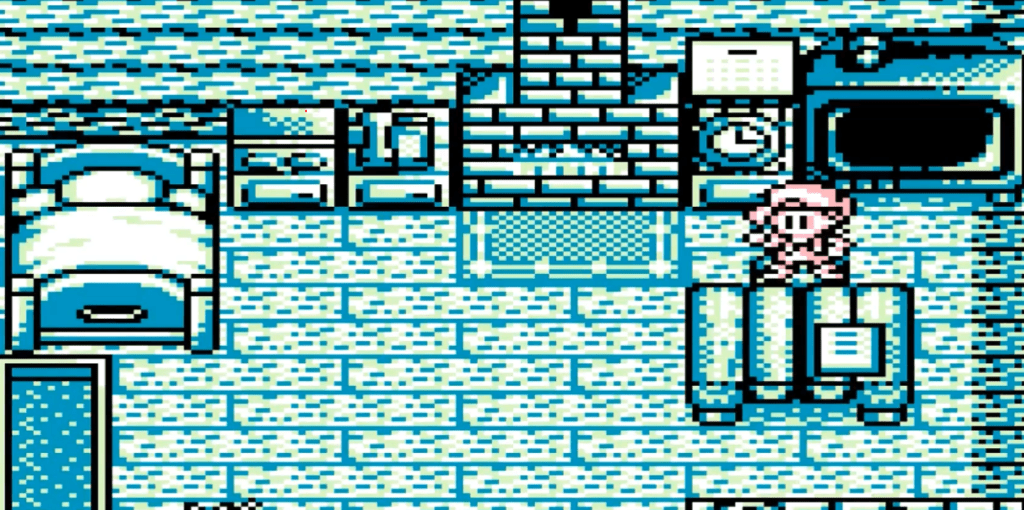
Harvest Moon (1997)
The Game Boy version of Harvest Moon (much like the SNES version of Harvest Moon) was not a commercial success. Whether you consider those games to be outright bombs depends on your interpretation of everyone’s expectations, but few people played these games in their day.
So why are we talking about this Game Boy port? Well, besides being a phenomenal experience in its own right, Harvest Moon showed something that Nintendo would later figure out with Animal Crossing: there is a certain kind of chill, yet deep game that just works best when you can play it on the go. Maybe people in 1997 just weren’t ready for something like Harvest Moon, but I genuinely think this game could have kickstarted a new era of Game Boy titles had more people given it a chance.
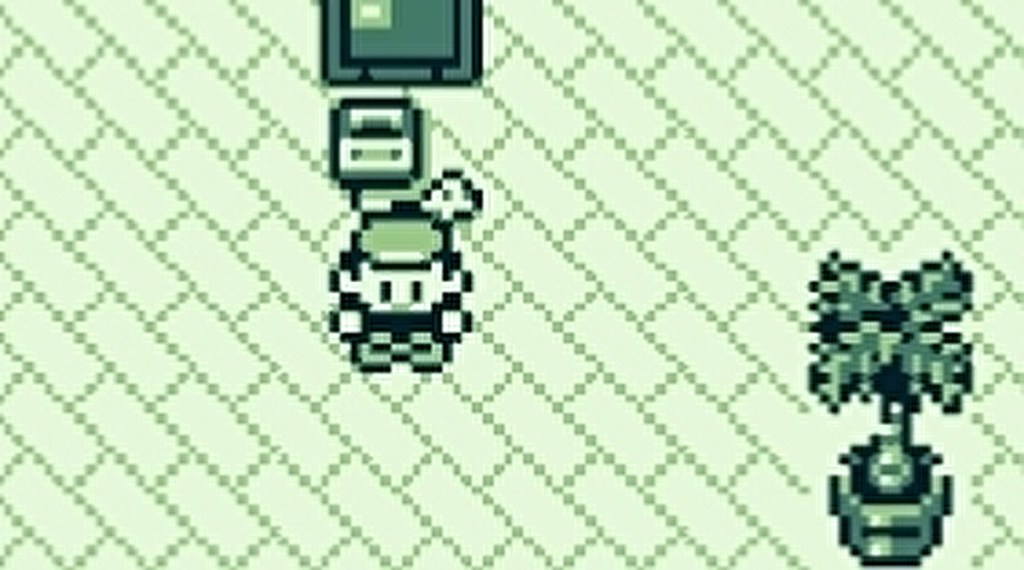
Pokémon Red/Blue (1996/1998)
I’m not going to pretend to be able to capture the totality of these games in what little space I have. It’s Pokémon, y’all. It’s one of the biggest, most successful, and most influential franchises not just in gaming but in all of entertainment. If Tetris isn’t the definitive Game Boy experience, Pokémon most certainly is. These games changed the world.
Instead, I want to highlight those release years you see above. 1996 and, for those in North America, 1998. Almost a decade after the Game Boy’s release, the handheld hardware played host to the biggest gaming phenomenon we had seen up until that point.
At a time when the Sega Dreamcast was right around the corner, tens of millions of people were playing a Game Boy RPG. The humble Game Boy was nearing the end of its run, but the success of Pokémon forced everyone to reconsider everything they thought they knew about the gaming industry, much as the Game Boy itself had once done.
